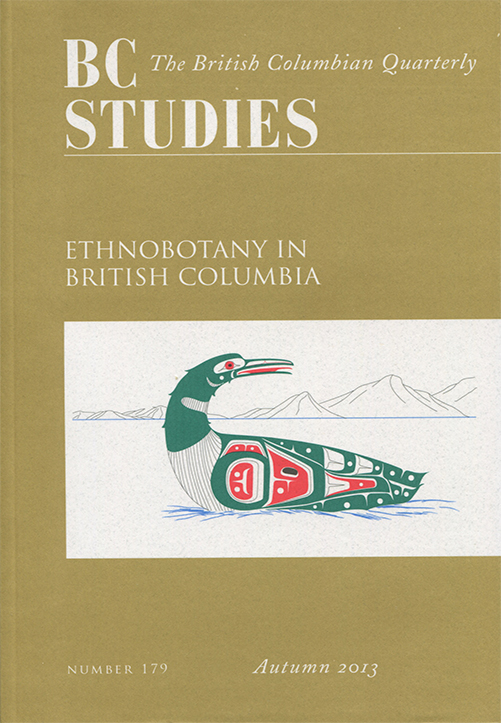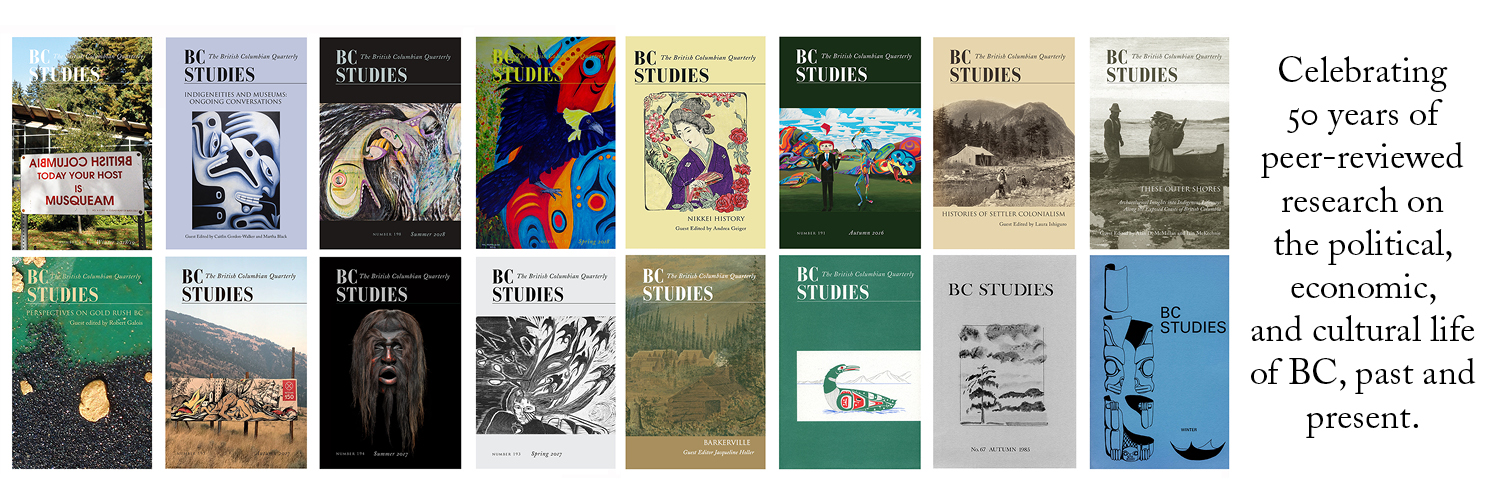Plant Management Systems of British Columbia’s First Peoples
DOI:
https://doi.org/10.14288/bcs.v0i179.184112Keywords:
aboriginal culture, agriculture, aquaculture, ethnobotany, plant managementAbstract
This paper provides an overview of the diverse plant resource management strategies of First Nations of BC. Contrary to the predominant “hunter-gatherer” designation by anthropologists and others, First Peoples of many parts of the province were actually astute managers of plant and animal resources. Over thousands of years, they developed a wide range of strategies and techniques – from periodic burning of landscapes, to pruning berry bushes, tilling and selective harvesting – to maintain and enhance the quality and quantity of their resources. There are numerous examples of plant species and habitats for which various types of management have been applied. Three case studies are provided here: Culturally Modified western red-cedar trees; estuarine root gardens; and orchard-gardens from an ancient village site in Tsimshian territory. Over generations, as people’s knowledge bases, social systems and technologies mature, plants and environments become embedded into complex belief systems, in which cultural control becomes encoded in stories, taboos, ceremonies, art and ethics. The complexities of this last layer of culturally proscribed management are still little understood, but may be the most significant component of traditional management systems, allowing for the development and maintenance over a long time period of sustainable anthropogenic landscapes. Many aspects of indigenous management systems need further investigation, including ways in which they may be effectively applied in a contemporary world as a way of enhancing and supporting Indigenous peoples’ food security, land rights and continued cultural development.



